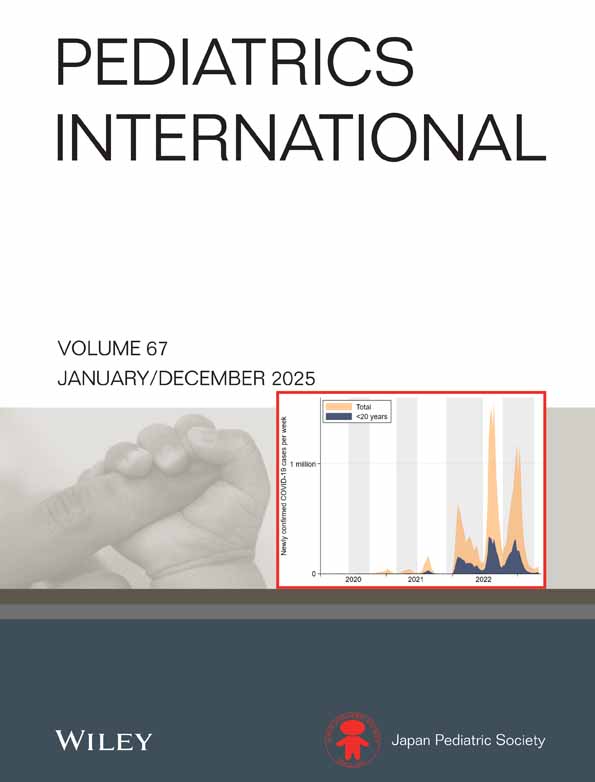Different kinetics of antibody responses between IgA and IgG classes in nasopharyngeal secretion in infants and children during primary respiratory syncytial virus infection
Abstract
The secretory antibody responses in 34 infants and children (20 days-17 months old) with lower respiratory tract disease following primary respiratory syncytial virus (RSV) infection were determined using a sensitive tissue culture enzyme linked immunosorbent assay. None of the patients in the acute phase showed IgA antibody responses. In contrast significant IgG antibody responses which were thought to be maternally derived were observed in infants younger than 2 months of age. In the convalescent phase sample, significantly high IgA antibody responses were observed in all patients except one, and there was no significant difference in magnitude of antibody activity between patients younger than 8 months and patients older than 8 months. However, IgG antibody responses in infants younger than 8 months were significantly lower than in subjects 8 to 17 months old. Notably, infants younger than 2 months developed no significant IgG antibody activity in the convalescent phase. These observations suggest that the antibody activity which contributes to recovery from primary infection by RSV in younger infants may be IgA rather than IgG class antibodies. These observations also suggest that the presumptive immunosuppression mediated by maternally derived antibodies may predominantly influence the IgG antibody response rather than the development of local IgA antibody activity.




